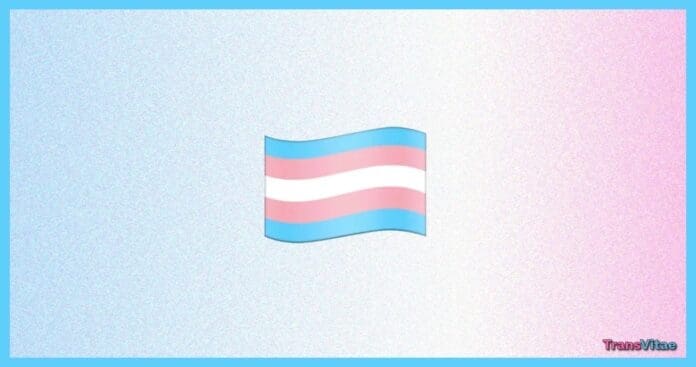Over the weekend, scores of users on TikTok discovered something odd: when they typed the transgender pride flag emoji (🏳️⚧️) in comments, it didn’t appear as expected. Instead, some got a plain white flag followed by a gender-symbol icon. Others say related emojis, such as the rainbow pride flag or same-gender kiss emojis, were misrendering too.
Unsurprisingly, among transgender and LGBTQ+ communities, the incident triggered an alarm. Was the platform silently censoring a symbol of identity and pride, or was this just tech behaving badly? The advocacy group GLAAD weighed in, saying that any barrier, intentional or not, to trans visibility in large social media spaces is deeply concerning.
What’s Really Going On
After digging in, tech analysts say this is most likely not a purposeful ban by TikTok but rather a unicode rendering glitch. The emoji sequence that creates the trans flag (white flag plus gender symbol) isn’t consistently supported across all devices and platforms. Under certain conditions, it splits into two separate emojis, which explains the white flag and gender icon display. That said, the fact that a symbol so central to trans visibility could vanish from view in comments is, in itself, a reminder of how fragile digital representation can be.
TikTok has not publicly confirmed the cause yet but did respond to queries indicating they are “looking into technical issues affecting emoji rendering.” Meanwhile, users continue to experience inconsistencies depending on their operating system, device brand, or language setting.
Why It Matters
For many trans people and allies, the trans flag emoji is not just decoration. It is a badge of community, resistance, and empowerment. When it disappears or fails to render properly, the impact can feel bigger than a simple glitch. On a platform used by millions to connect, advocate, and express identity, the absence of that tiny symbol can resonate. It says, “You might not show up the way you expect to.” Given the role of social media in building community after COVID, that matters.
It also raises bigger questions. If technical standards like unicode do not keep pace with identity symbols, especially those generated by communities rather than institutions, representation becomes an afterthought. That is a wake-up call for tech companies, designers, and developers to treat identity symbols with as much care as any other character.
What You Can Do
- If you notice the issue, try updating your TikTok app and your device’s operating system. Emoji fixes sometimes come through system updates.
- Consider writing to TikTok or posting about the glitch. Visibility helps.
- Use other ways to signal trans affirmation, such as hashtags or alternative icons, while the rendering issue persists.
- And most importantly, remind your followers and friends that you matter, with or without the perfect emoji.
The Bottom Line
While there is no confirmed malicious ban, the disappearing trans flag emoji illustrates a gap where identity meets technology and representation gets lost in translation. Visibility is not optional. It is vital.


